As I mentioned in the previous diary, we had a play test a while back at Madness Games in Plano, TX and I feel like it went pretty well. The play test did what a play test should do – allow real life players to get a feel for the game, put the game through it’s paces, and expose any problems or issues with the rules or play style. In that last regard, the play test performed admirably.
I’m posting some video (360 video, actually) of the play test so everyone can get a feel for the game and how everything went that day. You can get a feel for the game setup, and the basic rules in place, but I’m gonna be honest here… the game has changed quite a bit since that initial play test. Substantially, in fact. To the point where you shouldn’t pay TOO much attention to the discussion of the rules.
I’ll explain the changes in the next dev diary, but that discussion will require a bit of context, which is why I want to spend some time today detailing how the game worked before I made what is essentially an entirely new version of the game. You can get a sense of the basics in the video below, but for those who don’t have the patience for that (raises hand), let me briefly run down the basics for you.
Version 1.0
The original version of the game worked as described in the previous post – five character cards from your chosen team are laid out as if on a hexagonal grid, with character position playing a role in how your characters both attack and defend (the notion of adjacency, or touching, plays a HUGE role). Character actions each round are dependent on your deck of playable action cards, from which you build a ‘hand’ of 5 cards, potentially playing a card per character each turn. These action cards consist of various types of attacks, heals, and utility actions.
Here are some examples of action cards. Keep in mind that these are proof of concept cards, designed strictly for a cheap, easy to make/update play test deck. Hence the clip-art artwork. 🙂
Characters on your team can play a card in your hand if their skill level is equal to or greater than the skill level displayed at the bottom of the action card. Typical skill levels range from 1 to 3, with 1 being a novice and 3 being an expert. Hence, action cards requiring a skill level of 3 are more rare than 1s or 2s, and they also do more damage/healing, too. A skill level of zero (0) meant the character had no ability with that skill.
You can see the skills for various characters on the cards below.

Created with GIMP 
Created with GIMP 

Created with GIMP 

Each character has the same four skills: Warrior, Ranged, Magic, and Healer, with a level number next to each one indicating their experience with that skill. The Level 1 Anduain Captain has a 2 in Warrior, a 1 in Ranged, and 0s in Magic and Healer. Those numbers tell us that he’s a solid fighter, a novice archer, and has no ability with magic or healing. The Level 2 Calderan Palatine, however, has the same stats as a Level 1 Captain, but also has a 2 in Healer. This allows the Palatine to mix in some healing along with normal combat.
(The Level 2 Captain would instead gain skill in Warrior)
You’ll see Physical and Magical listed below the skills, but these aren’t skills. They’re defensive stats, or more specifically, resists. They show how much of those damage types the character can absorb before they start to lose hit points. For example, a ranged attack (from, say, a Longbowman) might hit the Captain for 5 damage (an amount listed on the played card). Ranged attacks are Physical damage types, for which the Captain has a resist value of 2. This means we subtract 2 from 5 to get an actual damage value of 3. That’s how many hit points the Captain loses on that attack.
Each round, a player would discard cards from their hand they didn’t want, then redraw until they reached a max of 5 cards. Some situations allow you to exceed 5 cards, but we’re ignoring that for the sake of simplicity right now. With 5 cards in hand, the player decides to play the cards his or her characters are able to play, i.e. a warrior-type with a Warrior skill of 2 can play a card that has Warrior 1 or Warrior 2 on it. That card typically does physical damage to an opponent. If the player has healing cards in their hand, and a healer capable of using them, then they can play that as well. But the important thing to remember is that a character can only play 1 card per round. And due to the luck of the draw, not every character will have a card they can play in a given hand.
A Card Game With Lots of Cards
Because of the multitude of actions each character could play, this leads to a large deck of action cards. The first version of the game had between 70-90 action cards per realm, which included Healer cards, utility cards (like the crit or dodge shown above), plus three different types of attack cards – Warrior (for melee attacks), Ranged, and Magic.
There’s an inherent drawback to this, which we discovered in excruciating detail at the play test linked above (although it happened after the video was taken). When a character reaches 0 hit points, they’re dead, and removed from the field of battle. Because some characters are specialized, losing a character proficient in a certain skill can cause problems for the rest of your team. For example, losing your main damage dealer can make it hard to take out your opponents.
Another inherent problem is the size of the deck. Let’s assume the deck is 75 cards. If you have a hand of 5 cards, then the fastest you can work through the deck is fifteen turns, and that’s only if you play or discard every single card on every single turn, which is highly unlikely. Once you play all of your action cards, you’re allowed to reshuffle the discard deck and start over. However, fifteen rounds is a long time to wait for another chance to play a useful card, and that’s the situation we ran into at the play test.
Attrition Isn’t Fun
The play testers showed some early enthusiasm as they managed to knock off some important characters in the first 5-10 rounds. It looked like the game might finish quickly, as most early tests of the game did. But then something happened. Each team lost potent attackers, so they went into defensive mode, partly because their priority was survival, but partly because the remaining characters just couldn’t play many useful cards.
One team had mostly support characters, who were unable to mount serious attacks on enemy characters with high physical resists. Other teams, who had useful attackers, just couldn’t draw attacks to use because they’d already come and gone in their hand. Round after round went by with very little happening, and we all started to sense that this wasn’t right. And it certainly wasn’t fun.
This led to some spirited discussion amongst myself and the play testers, and some really useful suggestions came out of that talk (and subsequent emails), some of which are now incorporated into the game. But the core issue we ran into still bothered me – the lack of useful action at parts of the game. A game can’t be fun if you’re not really able to play it, and spending round after round drawing useless cards isn’t exciting, or strategic, or even interesting. So I made a pretty drastic change, one I’m very happy with in retrospect. The changes will take some time to explain, and my next dev diary will go into some detail on what Version 2.0 of the game looks like, and how it hopefully solves these problems. In the meantime, we’re scheduling a new play test, incorporating all of the changes, so look for some feedback on that soon.
To be continued…



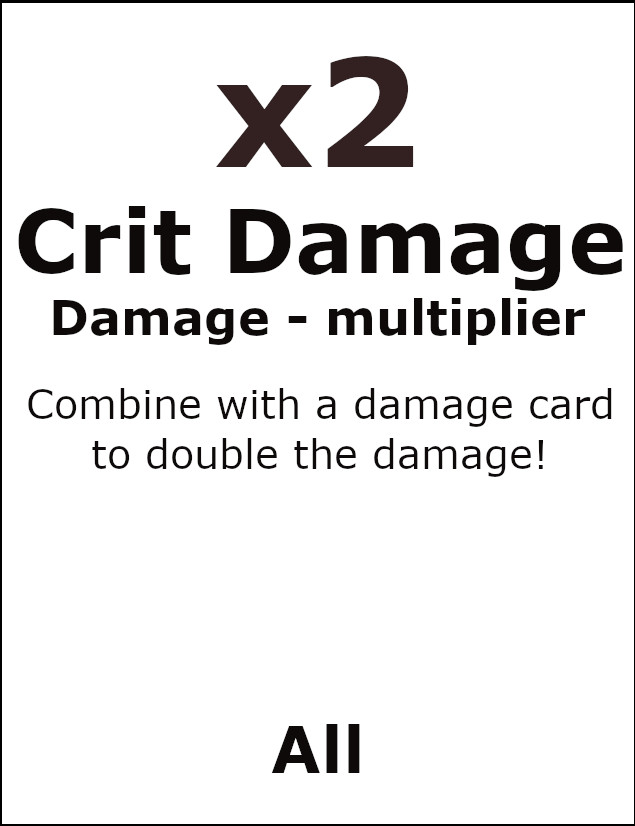
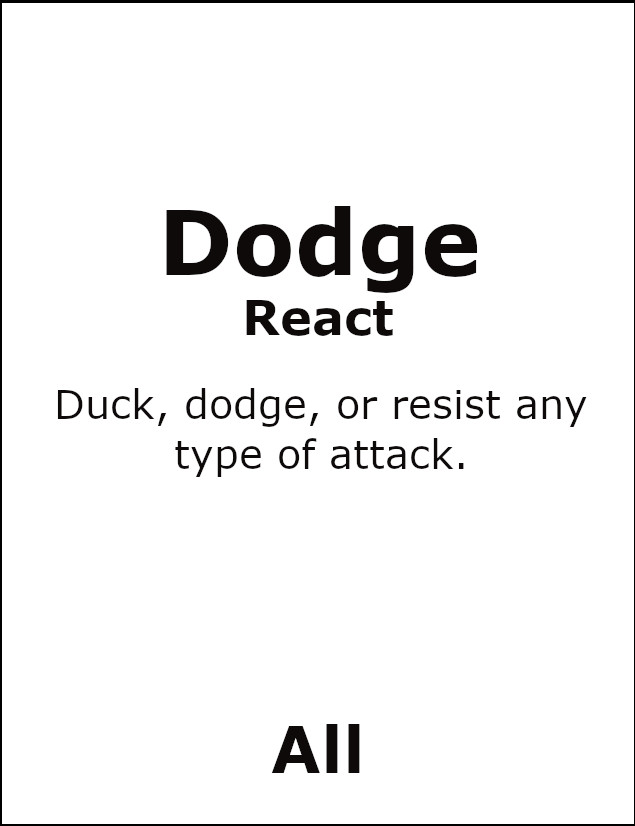
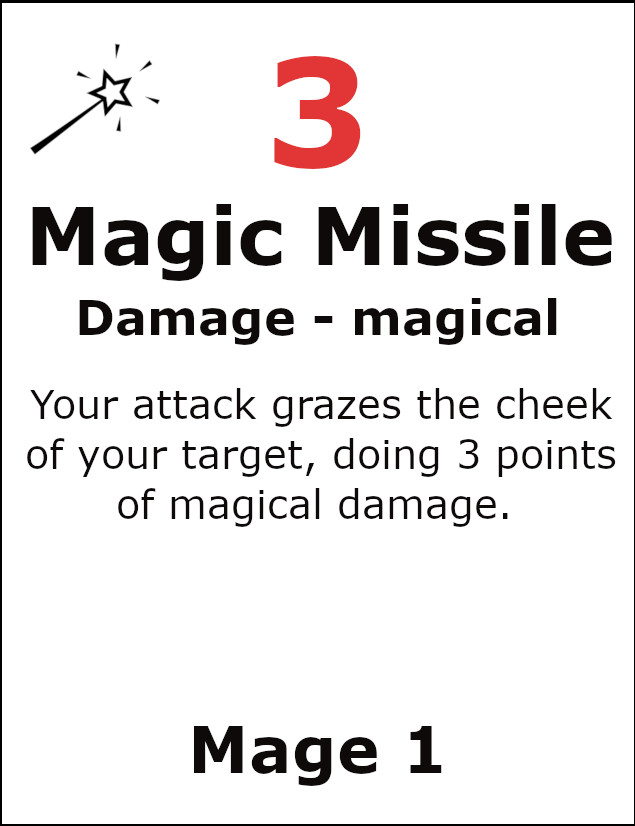
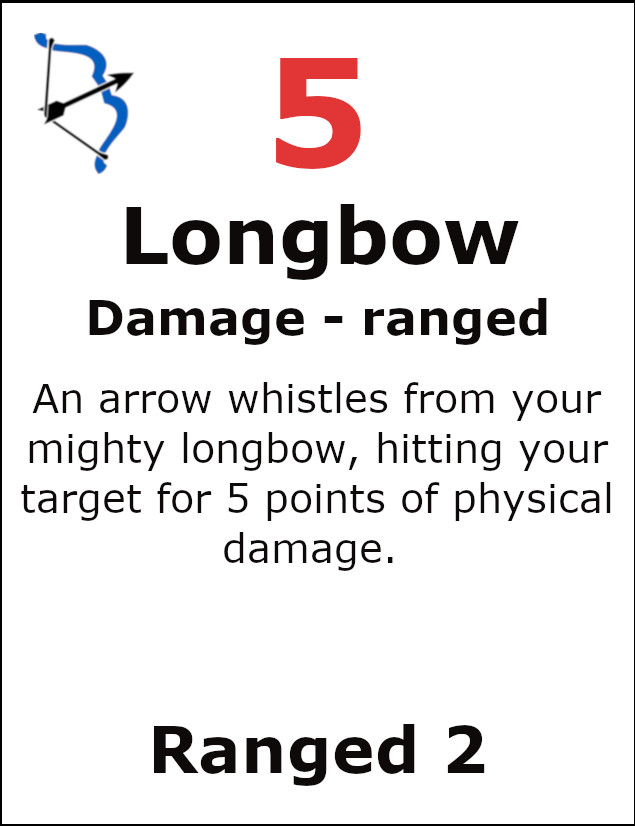
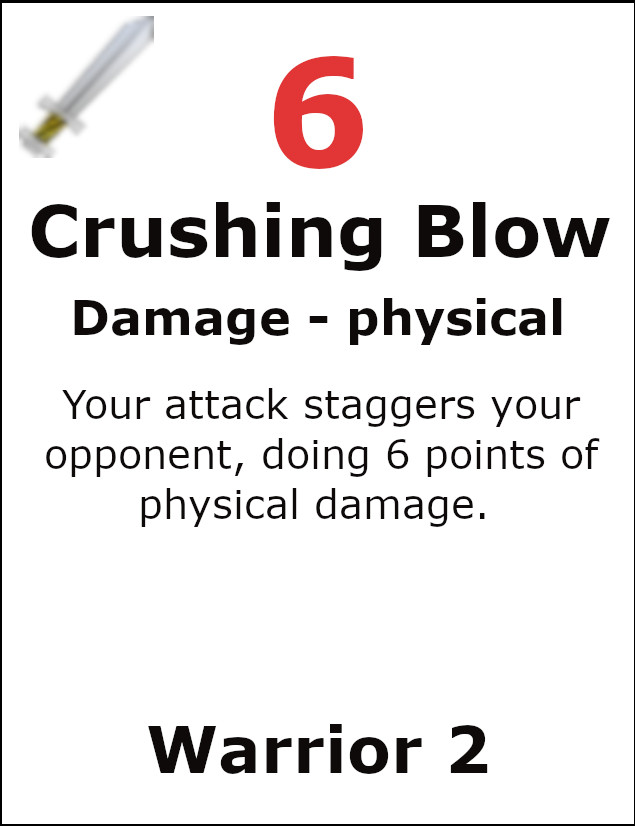
Recent Comments